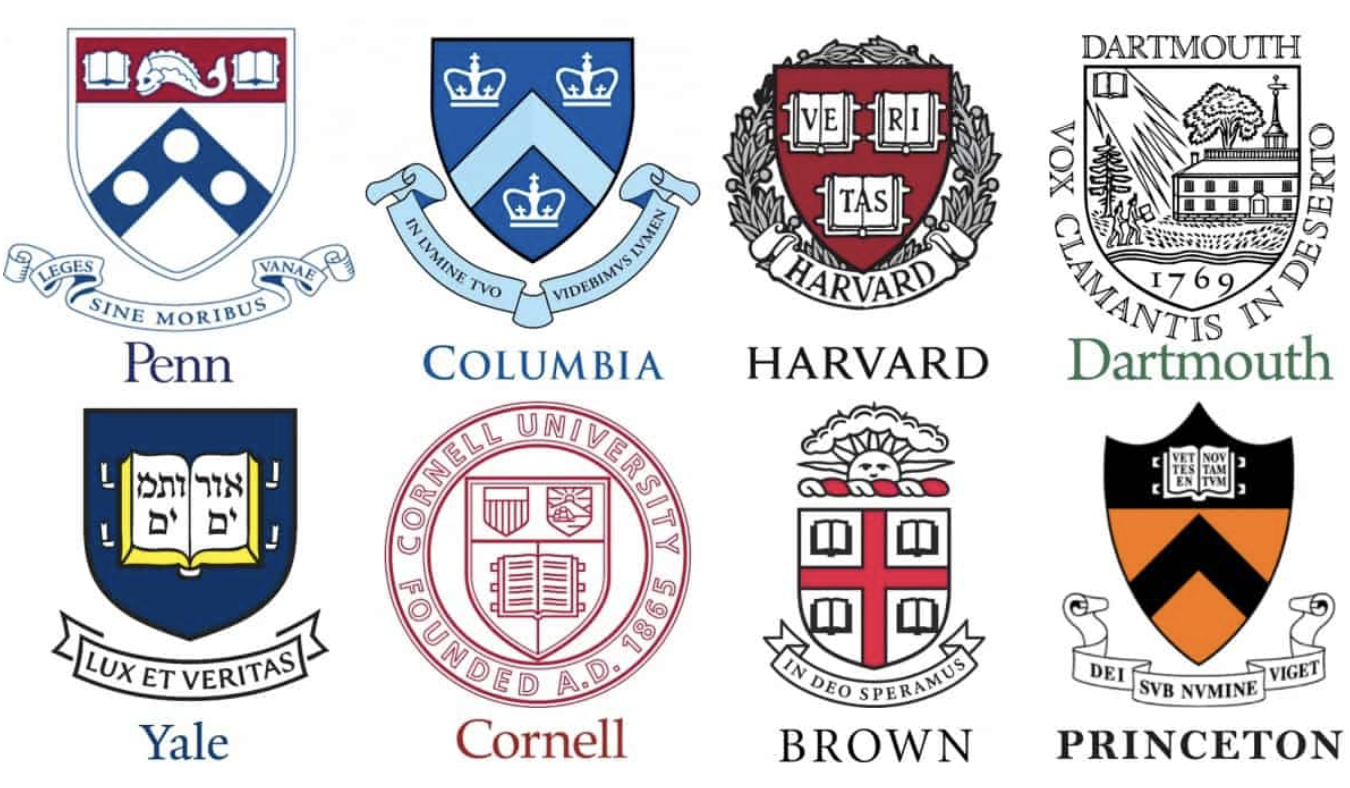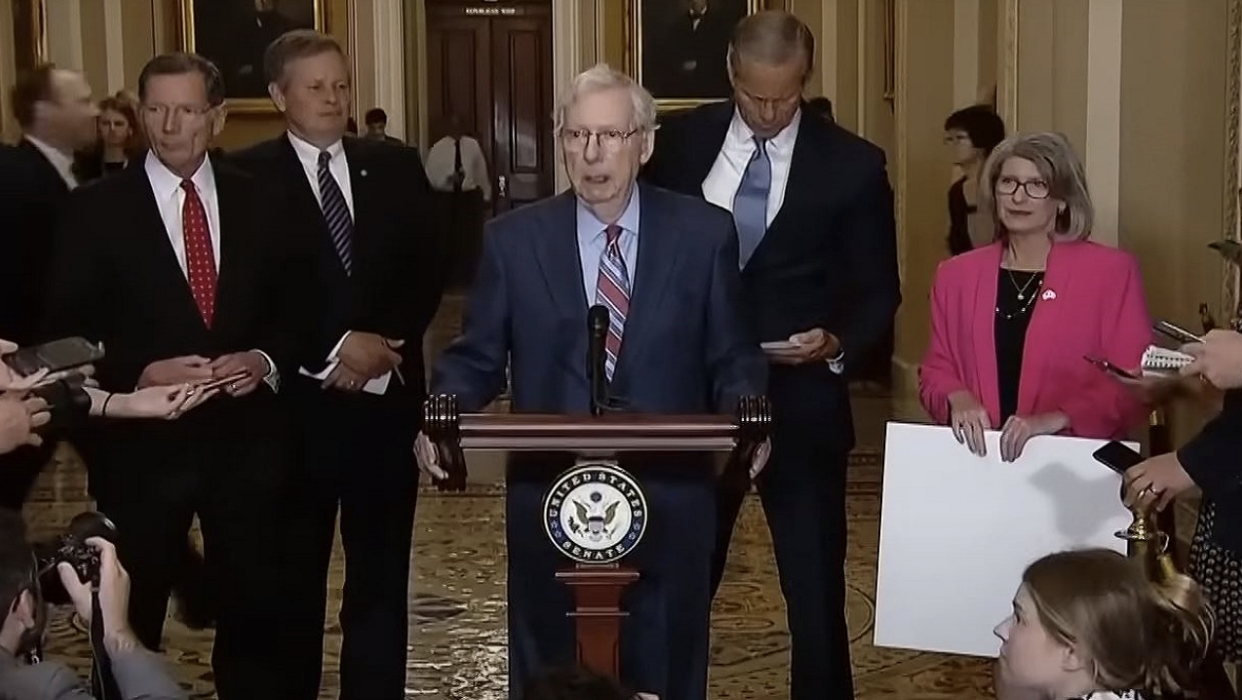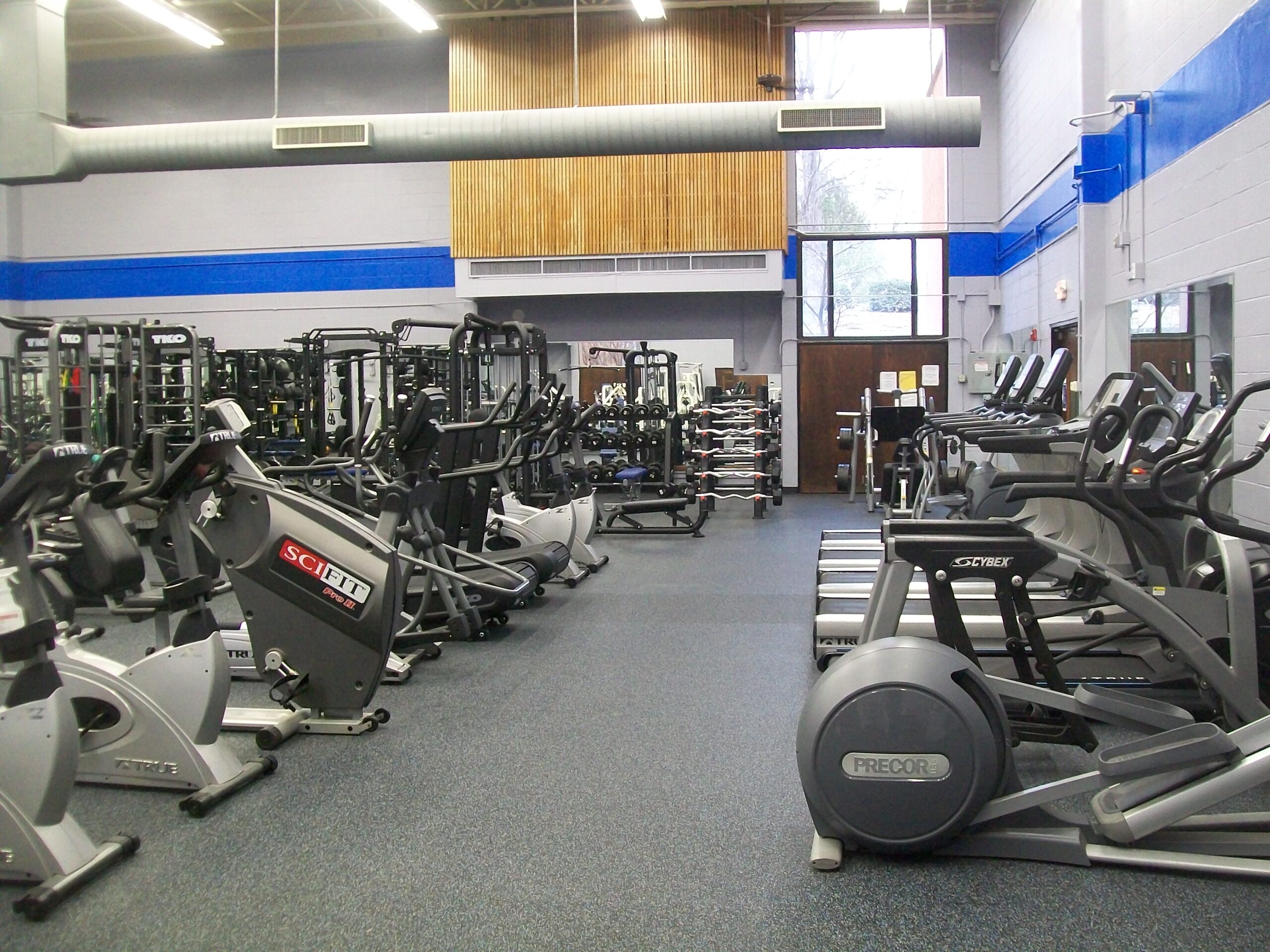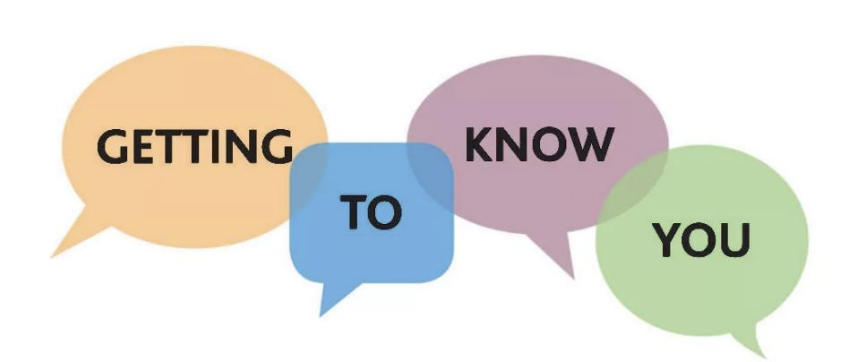Why “top colleges” aren’t always the best
BY: FAWWAZ ASHRAF
Staff Writer
When I was a freshman in high school, I heard about a guy who committed suicide after being rejected by Stanford. At first, I thought it was an outlandish decision, but only a few years and many rejection letters later, I understood how he felt. I was drowning in the college-ranking Kool-Aid. After the final decision letter came in, I enrolled at the highest-ranking college that was willing to take me, but it didn’t take long before I realized my mistake.
I had reduced the college to numbers and hadn’t cared at all to research the university holistically. Almost immediately, I couldn’t help but feel out of place. The campus felt underwhelming, the professors appeared distant, and the students seemed uninterested in learning. Only a week into the semester, I dropped out.
For me and many prospective college students, rankings were a guiding light in the labyrinth of higher education, but the reality is that such a complex problem can’t be answered with just numbers. Especially considering that college rankings are highly subjective, easily manipulated, and exclude many important factors.
The U.S. News’s annual “Best Colleges” report is the most prominent college ranking in the United States, but that doesn’t mean its methodology reflects everyone’s tastes. According to the U.S. News’s own breakdown of its ranking system, they account for 17 factors, such as graduation rate, student-to-faculty ratio, and financial aid. While most of its factors are objective indicators of a college’s quality, how they’re weighted is not. For example, in the U.S. News’s ranking methodology report, they reveal that the student-to-faculty ratio only accounts for one percent of a college’s rank while standardized test scores account for five percent of a college’s rank.
Everyone has different expectations of what they want out of college, and for those who desire a quality, intimate education, the student-to-faculty ratio will play a more substantial role than selectiveness. It’s important to note, however, that these are just the weights from their 2022-2023 report. According to an article by James Monks and Ronald Ehrenberg in the journal Change, U.S. News’s ranking methodology changes often causing significant changes in rank between years even if the school hardly changed. Their rankings are too fickle and not an accurate representation of the progress of a university’s quality over time. Rather, they measure how well a university happens to fit the criteria that year. The idea of ranks being subjective can be applied to any ranking, weighted or not. Factors chosen in calculating a ranking are often chosen based on the opinions of other people, so they won’t always line up with what’s right for a specific person.
Regarding the quantifiable factors that college rankings do include, if colleges send fake data, they can manipulate their rankings, and there have been many examples over the past decades.
One of the most notorious examples in recent memory was a scandal involving Columbia University. A CNN piece from 2022 by Michael Thaddeus, the whistleblower and a tenured math professor at Columbia, describes how the university was reporting fake numbers to U.S. News. Specifically, they claimed that “83% of its undergraduate classes enrolled under 20 students” when the real number was actually 57% placing them as second-worst for small class sizes in the Ivy League. The university also claimed that an “overwhelming majority of faculty on our main campus was full-time” when in reality it was closer to 50%.
After these numbers were revealed, Columbia University dropped from second place to eighteenth place. Through just a few numbers, Columbia was able to create such a significant impact on its ranking. Additionally, due to this controversy, their ranking may drop significantly in the next report, as their peer evaluation scores will likely plunge even though the quality of their academics won’t change at all.
If even an Ivy League school is providing fake information to increase its status even further, it’s easy to imagine how many other less renowned colleges send in fake information to boost their ranking.
While college rankings tend to use many factors to determine a school’s ranking, campus life and culture are hardly ever considered. Every college has a unique feel that’s impossible to capture through numbers.
College tours are one of the best and most popular options to help capture that feel. Virtual tours also present a great option if visiting a campus physically isn’t feasible. However, school tours are tailored to focus on the best parts of a college, so it’s important to learn more before choosing the right college.
Dr. Tim Bono, a professor of psychology at Washington University who studies college transitions and predictors of well-being, spoke more about this in an interview. While studying mental health issues in college students he found that unrealistic expectations were the leading cause, and when asked about the best way to combat this, he said the best way to learn about a university is by engaging with current students. They are going to be able to give the most honest and up-to-date opinions on all of the specifics of a college. It’s important to know what’s in store so that one can set expectations accordingly.
Another large factor rankings don’t include is support for disadvantaged students, such as those with mental health issues. Studies from over the last few years have shown that Ivy League schools all have terrible systems for handling leave such as setting minimum lengths or not providing any accommodations, Yale University and Dartmouth College being the worst. Despite these schools having the resources to provide these students with the help they need to succeed, they neglect their needs. It’s especially concerning considering all of these schools are extremely selective, and all of their students have worked extremely hard and proven their academic prowess to get into these schools. These schools are often touted as the golden standard of higher education and sit at the top of nearly every major ranking, yet they fail their students so miserably when the conversation moves towards making sure the needs of disadvantaged students are met.
One of the largest reasons that people chase rankings is the idea that better-ranked colleges will result in greater career success. However, that doesn’t mean lower-ranking colleges can’t also provide excellent career opportunities, as quite a few lower-ranked schools have better outcomes than some higher-ranked schools.
Another reason people tend to give college rankings so much weight is the idea that higher-ranked schools will provide a better education due to the overall better graduation and retention statistics and career success.
However, many of the highest-ranking colleges are also highly selective and only accept students who are already academically proven. By only admitting these students, top schools are able to keep up their stellar graduation and retention rates. Top colleges are able to keep up their prestige through selection bias. As long as top students keep enrolling at these schools, they’ll maintain a strong rank. This same principle can be applied to career success.
Students who were already destined for amazing careers feed into these schools, and when they reach the job market, the colleges get the credit for their success. Those who have the drive and ability to make something out of themselves will be able to do it regardless of the university they attend.
Choosing the right college is a difficult and time-consuming process, and everyone has unique needs. Rankings can be a solid way to start one’s college search by narrowing thousands of possible colleges down to a few hundred. From there, after finding an appealing college, it’s important to vet the school and make sure it’s somewhere one would be happy to attend for many years. This can start with reading reviews, watching virtual tours, and examining statistics, and if a college makes it past these steps, touring the campus, attending information sessions, and, most importantly, networking. Only when one is thoroughly informed on both the positives and negatives of attending a college should one make their choice.












